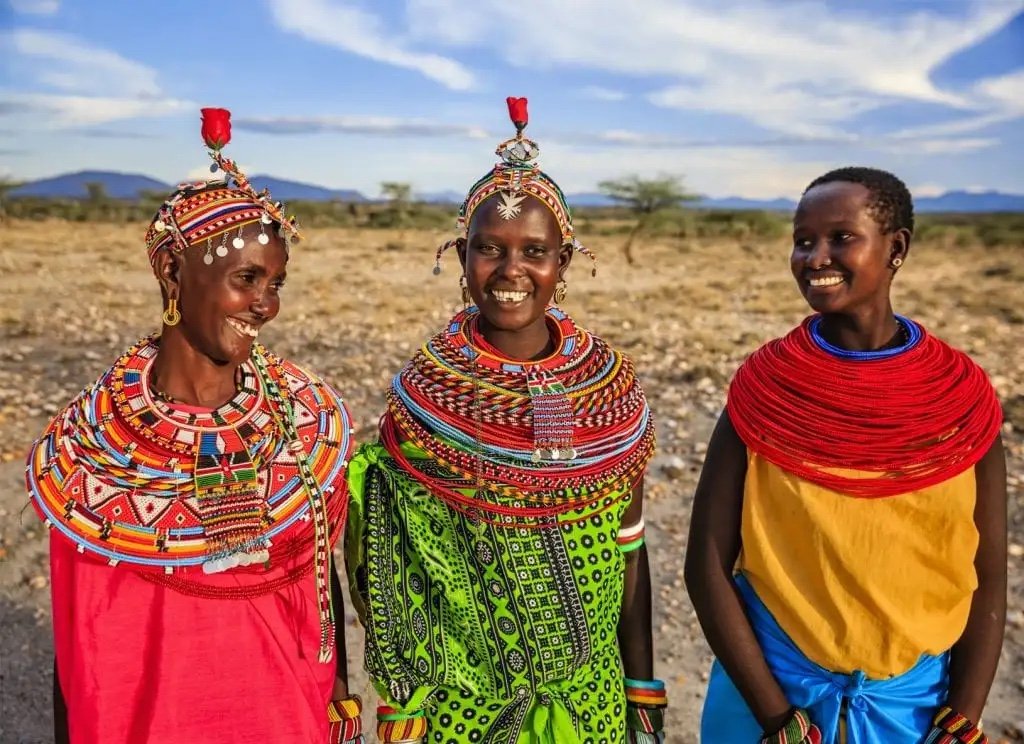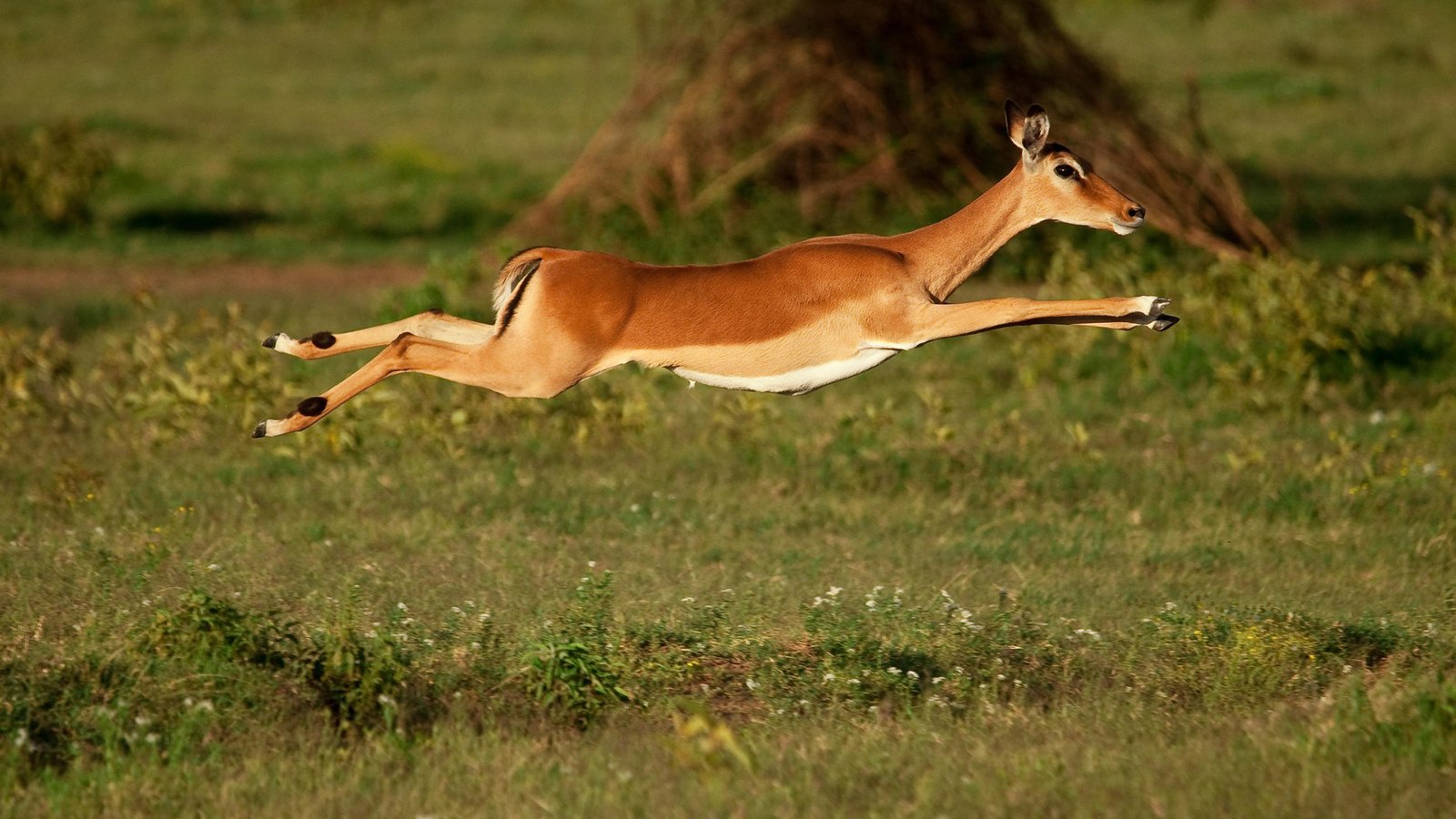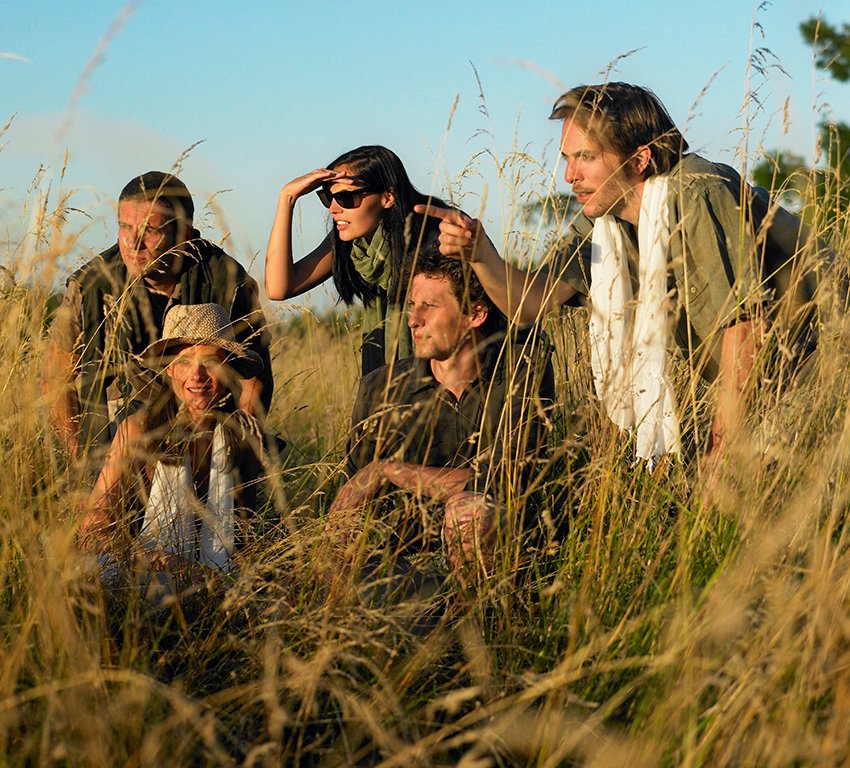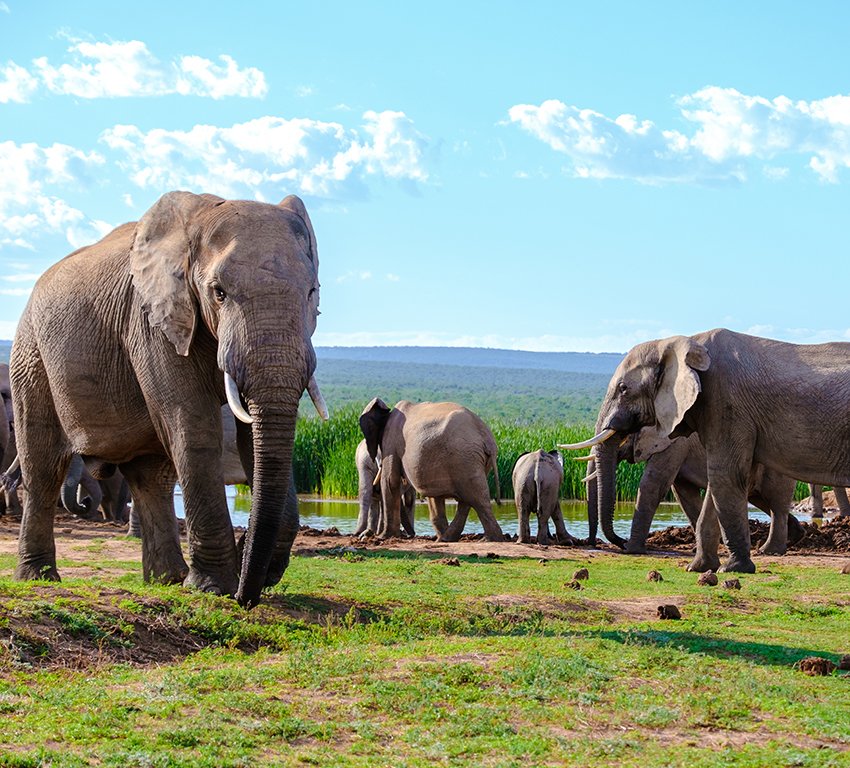Olduvai Gorge
Olduvai Gorge is a steep-sided ravine nestled within the vast expanse of the Great Rift Valley that stretches across eastern Africa. Situated in the Arusha Region of Tanzania, it extends approximately 48 kilometers (30 miles) in length and lies about 45 kilometers (28 miles) away from the renowned Laetoli archaeological site. Interestingly, the name “Olduvai” is a historical misspelling, with the correct term being “Oldupai Gorge,” officially adopted in 2005. “Oldupai” originates from the Maasai language, signifying the wild sisal plant Sansevieria ehrenbergii, which thrives in the gorge’s vicinity.
Within the boundaries of the Ngorongoro Conservation Area, Olduvai Gorge boasts the remarkable Zinjanthropus, an ancestral hominid figure. In 1959, Dr. Leaky made a groundbreaking discovery at Olduvai Gorge—the Zinj skull—an ancient hominid believed to have inhabited the Earth 1.8 million years ago. Furthermore, in the 1970s, Mary Leaky unearthed a captivating find at Laetoli, located approximately 45 kilometers to the south of Olduvai Gorge. Here, the footprints of early hominids and animals, dating back an astonishing 3.5 million years, were revealed.
In 1974, the excavation yielded fossils of a hominid tooth, providing insights into life approximately 2.4 million years ago. In a span between half a million and a million years ago, “Homo Erectus,” an early human ancestor, roamed the area, crafting and utilizing hand axes. The archaeological record at Olduvai contains numerous such tools, shedding light on the ingenuity of our ancestors.
The fossils discovered in Olduvai Gorge encompass a diverse array of more than 150 extinct mammal species, along with numerous avian, reptilian, amphibian, and aquatic species. An on-site museum serves as a repository of knowledge, offering valuable insights into the archaeological significance of these extraordinary discoveries. It is widely recognized that this region, Olduvai Gorge, holds a unique place as the “Cradle of Mankind.”














